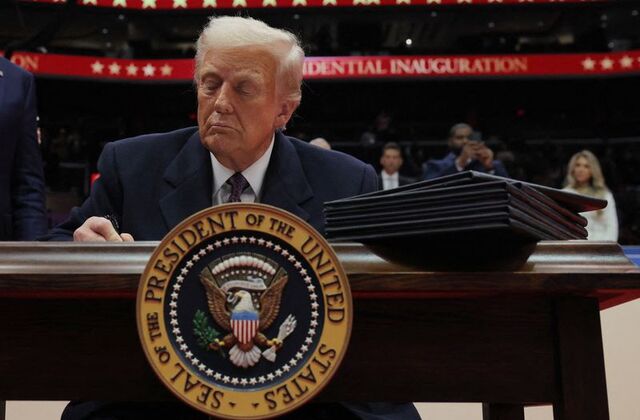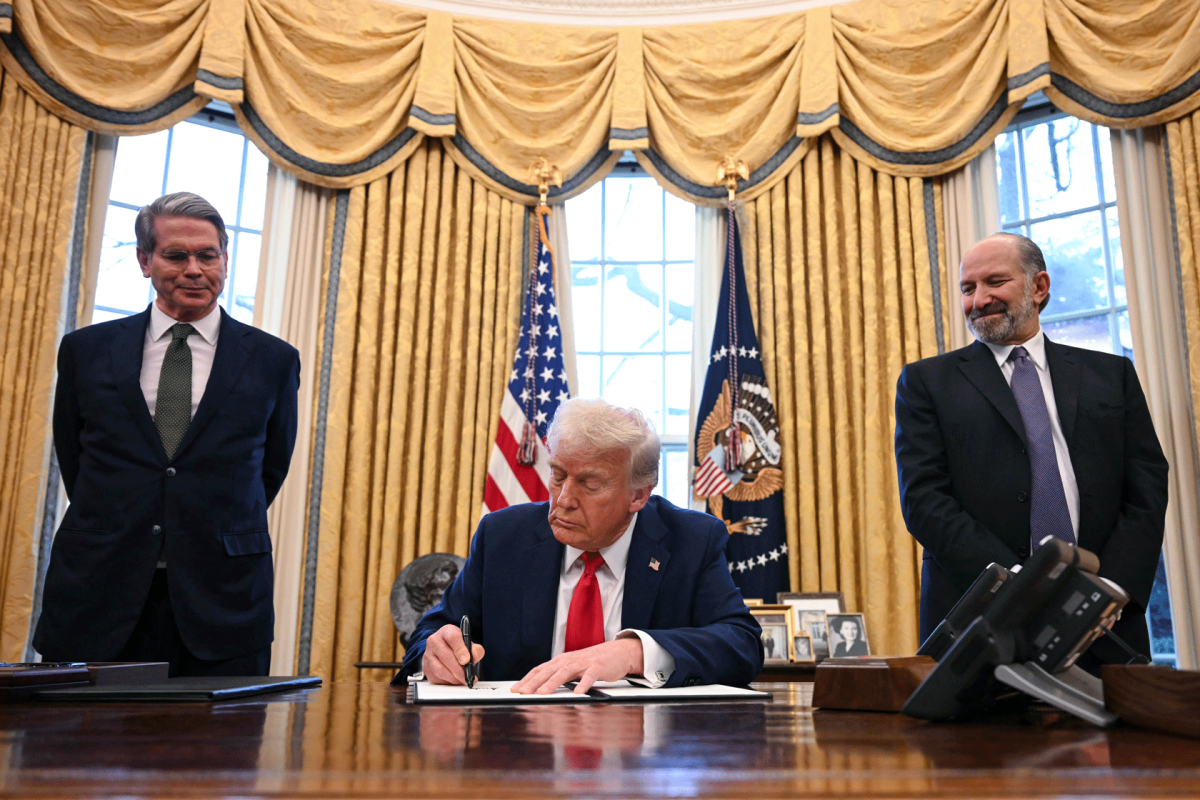Donald Trump’s second term could have a major impact on real estate stocks. By looking at his previous policies, business experience, and the current political landscape, we can predict how his decisions may shape the real estate market. This includes residential, commercial, and industrial real estate stocks. We’ll focus on key areas like tax cuts, deregulation, trade policy, and interest rates, which will likely affect stock performance and investor strategies in the real estate sector.
During his first term, Trump’s tax cuts provided significant benefits to Real Estate Investment Trusts (REITs). Lower corporate taxes allowed REITs to retain more profits, which they reinvested into acquiring new properties, boosting their growth potential and dividend payouts. In his second term, Trump is expected to push for additional tax cuts, which could further benefit REITs, particularly those involved in industrial real estate like warehouses and e-commerce spaces. These sectors are likely to continue growing due to the rise of online shopping, and additional tax cuts could help REITs maintain strong returns.
For stock market investors, this presents an opportunity. However, more tax cuts could also lead to overbuilding in certain markets. While REITs may see initial gains, over-saturation in the real estate market could eventually lead to price fluctuations and reduced returns. Investors need to keep an eye on the balance between growth and risk as new developments roll out.
A hallmark of Trump’s first term was reducing regulations to encourage business growth. In real estate, this included rolling back zoning laws and development restrictions, making it easier for developers to build new properties. If Trump pushes for further deregulation in his second term, developers could face fewer barriers to expansion, which might lead to faster construction and an increase in the supply of both commercial and residential real estate.
For investors, this could mean more growth opportunities. Fewer regulations could make it easier for developers to launch new projects, including affordable housing and office buildings in growing markets. However, the downside is that too much development could flood certain markets, leading to a surplus of properties and possible declines in value. Investors will need to monitor the pace of construction to avoid investing in oversaturated markets.
Trump’s approach to trade during his first term focused on renegotiating deals and imposing tariffs, which had a significant effect on global supply chains. If these trade policies continue, the cost of building materials could rise. This could increase the expenses for developers and slow down construction, especially for projects that rely on imported materials.
For investors, this is a crucial factor to consider. Rising construction costs could reduce profit margins for developers, particularly in commercial real estate and large-scale housing projects. Stock prices of companies heavily involved in construction or real estate development could face downward pressure if material costs continue to rise. On the other hand, if tariffs are lifted or trade deals are renegotiated, it could ease pressure on material costs, benefiting construction and real estate stocks.
Trump’s immigration policies have also impacted the real estate market, particularly when it comes to the labor force. The reduction in immigration has led to a smaller pool of available workers in industries like construction. This has driven up labor costs, which can slow down development projects or make them more expensive.
In a second term, if Trump maintains these policies, labor shortages in the construction sector could continue to drive up costs, making new developments more expensive. This would likely affect the stock performance of construction and development companies, as higher costs could eat into their profits. Conversely, if Trump adjusts immigration policies to bring in more workers, it could help ease labor shortages, potentially lowering construction costs and boosting the profitability of real estate stocks.
Interest rates play a major role in the housing market, and Trump’s influence on economic policies could indirectly affect how the Federal Reserve handles interest rates. In his first term, Trump often advocated for lower interest rates to stimulate growth. If interest rates remain low, borrowing will be cheaper, which can encourage homebuyers and investors to purchase property. This could lead to a stronger housing market and increased demand for real estate stocks, particularly those focused on residential developments and housing-related services.
However, if interest rates rise due to inflation or other economic factors, housing affordability could decrease, which might slow down demand. This could negatively impact housing-related stocks, especially in markets where price growth is driven by cheap financing. Investors will need to keep an eye on the Federal Reserve’s decisions and how they align with Trump’s policies to understand potential market shifts
Trump’s second term presents both opportunities and risks for real estate investors. His tax cuts and deregulation efforts could benefit certain sectors, like industrial real estate, but too much building or over-expansion could pose risks to stock prices. Trade and immigration policies will also play a role, influencing construction costs and labor availability, which will affect the overall pace of development. Lastly, interest rates will be a key factor in determining the housing market’s direction.
For investors, the real estate market under Trump’s second term will be shaped by a combination of policy-driven growth and market volatility. Keeping an eye on the impact of tax cuts, trade deals, labor policies, and interest rates will be crucial to navigating the market and making informed investment decisions.





Gavin • Nov 16, 2024 at 6:42 pm
Beautiful